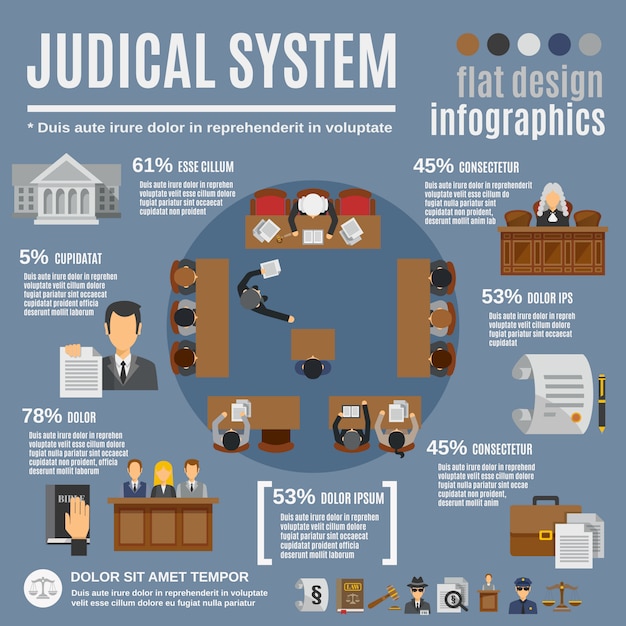An In-Depth Guide To The Criminal Test: Step-By-Step Insights Right Into The Process
An In-Depth Guide To The Criminal Test: Step-By-Step Insights Right Into The Process
Blog Article
Staff Writer-Winters Brooks
When you step into a criminal test, you may be stunned by the structured process that unfolds. visit this weblink of it starts with jury selection, where possible jurors are inspected for biases with an approach called "voir dire." Afterwards, both sides present their opening statements, establishing the stage for the proof and statements to adhere to. You'll see exactly how the prosecution and defense develop their situations, but what takes place next can significantly impact the outcome. Understanding these stages can reveal the intricacies of justice, however there's more to discover regarding the critical moments that adhere to.
Court Option Refine
When it concerns the court option procedure, you're diving into a critical phase of a criminal test. This process, usually called "voir dire," includes doubting possible jurors to guarantee they're objective and capable of delivering a fair verdict.
You'll see both the prosecution and defense attorneys getting involved proactively, each intending to choose jurors who straighten with their case's narrative.
Throughout voir dire, you'll discover that lawyers ask concerns regarding jurors' backgrounds, ideas, and experiences. Their objective is to recognize any type of pre-existing biases that can influence a juror's choice. As a juror, you may feel a mix of anxiousness and interest, yet your sincerity is necessary.
After examining, attorneys can test certain jurors for cause if they think a juror can't remain unbiased. They can additionally use a minimal variety of peremptory difficulties to dismiss jurors without stating a reason.
Test Phases Explained
The stages of a criminal test play a crucial role in guaranteeing a reasonable and organized procedure.
Recommended Web site 'll first come across the opening declarations, where both the prosecution and defense describe their instances. This sets the stage for what's to find.
Next off, the prosecution provides its proof and witnesses, aiming to show the defendant's shame past a reasonable question. You'll see direct exam followed by interrogation, permitting both sides to test the here and now info.
After the prosecution relaxes its situation, it's the protection's turn. They'll offer their evidence and witnesses, usually focusing on producing reasonable doubt. You'll observe that the protection does not have to confirm innocence; they simply require to challenge the prosecution's case.
Once both sides have actually presented their disagreements, you'll listen to closing statements, where each event summarizes their situation. This is essential as it reinforces their placements prior to the court ponders.
Throughout these phases, the judge ensures that the test sticks to legal standards which the civil liberties of both events are safeguarded.
Recognizing these phases will assist you appreciate the intricacies involved in a criminal test and the value of each step in the search of justice.
Decision and Sentencing
Nevertheless proof has been presented and arguments made, the court or court supplies a judgment, identifying the defendant's guilt or innocence. If you belong to the jury, you'll mull over with your other jurors, reviewing the evidence and your perceptions. This process can take time, as you'll intend to make sure everybody settles on the judgment based upon the realities.
As soon as a decision is gotten to, it's introduced in court. If the offender is condemned, the next phase is punishing. This is when the judge determines the suitable penalty. You may discover that different factors influence the sentence, such as the intensity of the criminal offense, the defendant's past record, and any type of mitigating conditions.
The judge might enforce a series of sentences, from penalties and community service to jail time. In some cases, the defense or prosecution can offer debates pertaining to sentencing, attempting to sway the judge's decision.
If the offender is found not guilty, they're acquitted, and no penalty complies with. Keep in mind that a guilty verdict can typically cause allures, where the offender may challenge the judgment or the sentence imposed.
Conclusion
In a criminal trial, you've seen just how crucial each action is, from jury selection to the final judgment. You've complied with the prosecution and protection as they build their situations, aiming to convince the jury. When deliberation finishes up, the judgment establishes the end result, and if the offender is condemned, the sentencing stage starts. Comprehending these procedures assists you value the intricacies of the justice system and the value of each role in guaranteeing a fair trial.
